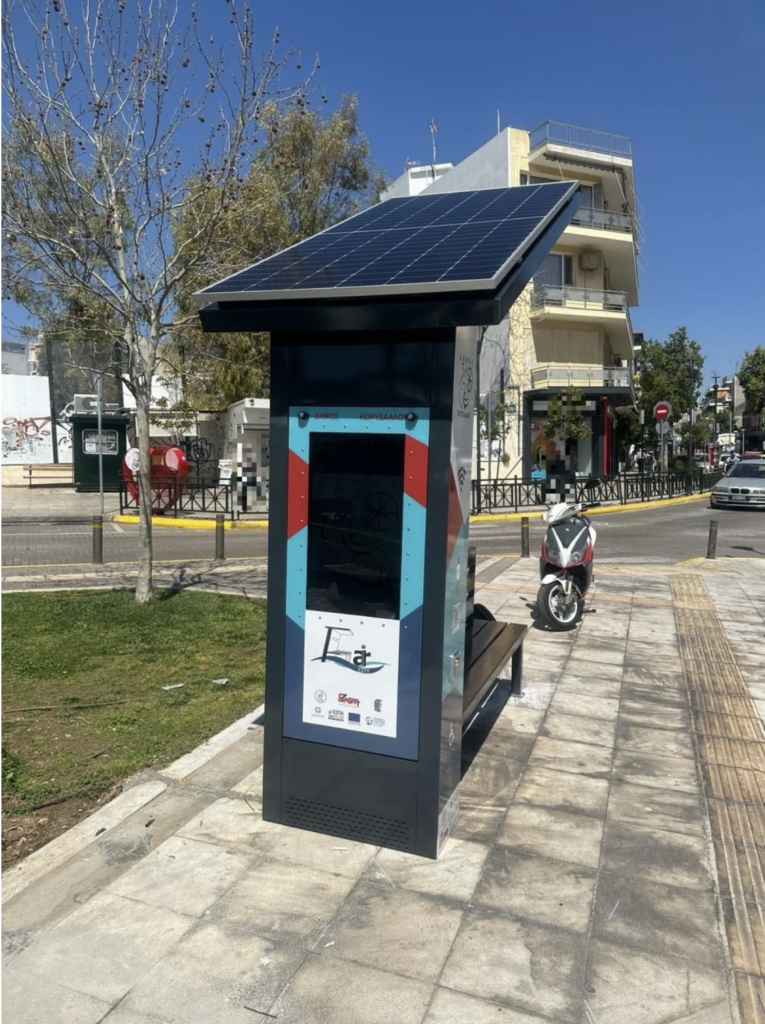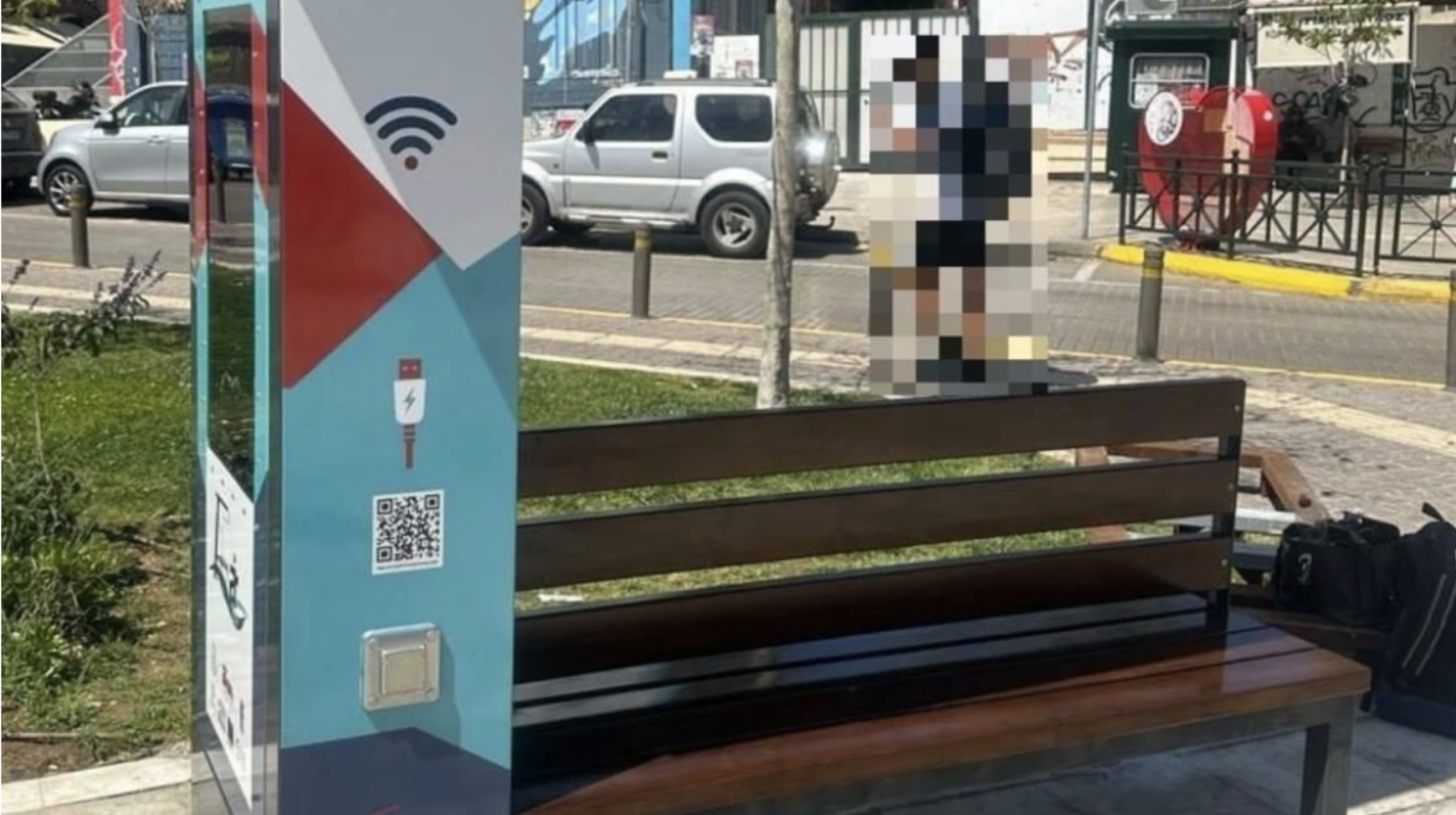Aiming to measure the impact of human activities on local air quality with greater precision, a novel air quality monitoring network featuring smart benches is being developed in Attica. This innovative initiative, known as Faircity, is a collaborative effort between the National Observatory of Athens and the National and Kapodistrian University of Athens.
Within the framework of this project, five smart benches will be installed in various municipalities across Attica. Memoranda of cooperation have already been signed with the municipalities of Korydallos and Nikaia-Agios Ioannis Rentis, and the first pilot bench has been placed at Eleftherias Square in Korydallos. The installation of the remaining four benches is expected to be completed by the end of 2024.

The Faircity project integrates local air quality monitoring with citizen information and smart city services. Attica’s intense human activity and specific meteorological conditions often lead to high levels of air pollution. Modern strategies for environmental sustainability have set new goals and techniques for pollution monitoring and the protection of the environment and human health. The smart benches are equipped with sensors that continuously measure eight pollutants with significant environmental and health impacts: PM 1, PM 2.5, PM 10, carbon monoxide, carbon dioxide, nitrogen dioxide, ozone, and sulfur dioxide. Additionally, the benches feature two screens displaying air pollution information, emergency alerts, and municipal updates, aiming to engage and inform the public.
The municipalities where the smart benches are installed have diverse activities, including high-traffic roads, green spaces, densely populated neighborhoods, commercial and industrial areas—main sources of anthropogenic pollution in the Attica basin. Dr. Vasiliki Asimakopoulou, scientific coordinator of the project and research director at the Institute for Environmental Research and Sustainable Development of the National Observatory of Athens, explains that the bench locations must meet specific criteria. They should be in areas with a mix of activities and relatively distant from major pollution sources like large roadways to provide a representative picture of local air quality. Air quality measurements are taken at about 2.5 meters high to assess human exposure to pollutants and the associated health risks.
The goal of this network is to measure “the impact of anthropogenic activities on local air quality with greater accuracy to assess health impacts,” as Dr. Asimakopoulou adds. This local focus and citizen interaction distinguish these sensors from the official air quality monitoring network of the Ministry of Environment. The Faircity network complements other air pollution monitoring initiatives, such as the PANACEA research infrastructure.
Funded by the Attica Operational Program 2014-2020 under the “Research and Innovation Synergies in the Attica Region” action, Faircity is expected to be completed by December 2024. However, the sensors will continue to measure air quality as long as the Observatory and the cooperating municipalities can support their maintenance. Researchers also intend to install such stations in more municipalities across Attica to expand the network and enhance public awareness and engagement efforts.
Ask me anything
Explore related questions





